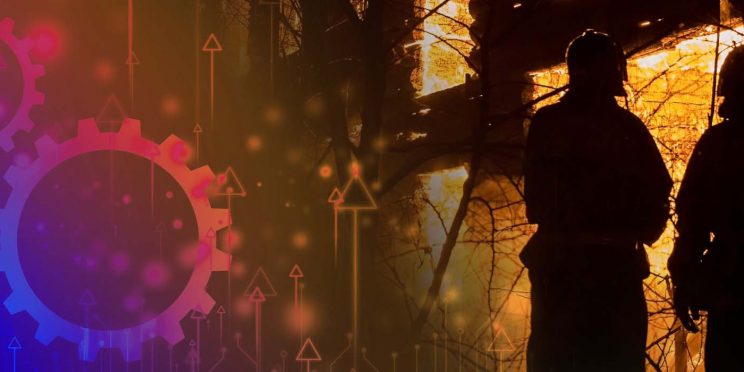Overview
Forensic examiners are called upon to conduct detailed chemical analyses of drugs, precursors, and related chemicals that may be present with imposter substances, isomers, or other compounds that may interfere with analysis. Gas chromotograph mass spectrometry (GCMS) has been the analytical instrument of choice for these analyses, but GCMS may not distinguish among many drug substances and related chemicals. Dr. Randall Clark at Auburn University has applied gas chromatography combined with infrared spectroscopy (GC-IR) to provide an alternative for analysis by forensic labs. In this webinar, Dr. Clark presented an overview of regioisomer differentiation using GC-IR and describe the advantages of the technique. He was joined by Mr. Lewis Smith of the New Jersey Police Department to describe his experience and advice in implementing GC-IR in a forensic lab. As synthetic compounds, new precursors, and isomers proliferate, it will become increasingly important for forensic laboratories to recognize the limitations of GCMS and have the ability to use GCIR when needed.
A certificate of completion is available for all who register and attend this webinar.
Presenters
- Randall Clark
- Lewis Smith
Funding for this Forensic Technology Center of Excellence webinar has been provided by the National Institute of Justice, Office of Justice Programs, U.S. Department of Justice.
The opinions, findings, and conclusions or recommendations expressed in this webinar are those of the presenter(s) and do not necessarily reflect those of the U.S. Department of Justice.
Contact us at ForensicCOE@rti.org with any questions and subscribe to our newsletter for notifications.




